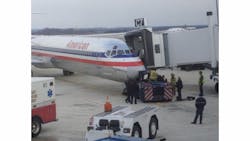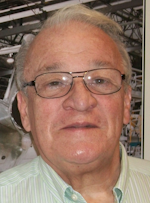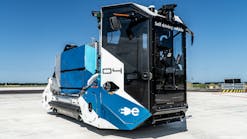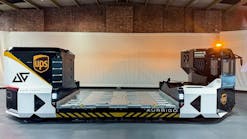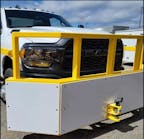I was talking to a group of managers recently about close calls at their particular airport between aircraft and ground equipment left outside its designated areas. The common theme to these close calls were operators rushing to either get a job done or rushing to juggle more than one assignment, usually requiring different equipment. So, for example, one piece of equipment is temporarily parked while another is operated.
These particular incidents were close calls but I recall at least one accident that resulted from equipment left in the wrong spot that was hit by an aircraft moving on the ramp. At this particular major international airport, a crew was loading a wide-body aircraft. When they finished, they pushed back the loader so that it would be out of the way of the aircraft they had just loaded and left to complete another assignment.
Unfortunately, the crew apparently didn’t pay attention to the ground markings and backed the loader into the adjacent gate area. A short time later, another airliner was pulling into that adjacent gate and clipped its wing on the loader. Needless to say, clipping a wing is an expensive and time-consuming event.
This conversation with managers recounting these close calls is an important reminder of the need to ensure that equipment is properly placed to help avoid the billions of dollars in uninsured costs attributable globally to aircraft-equipment collisions.
